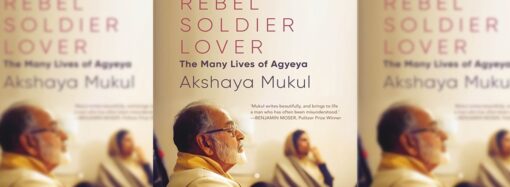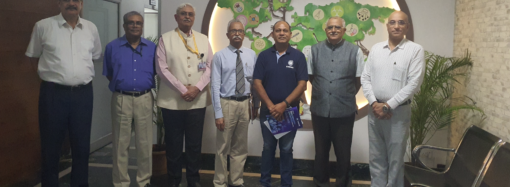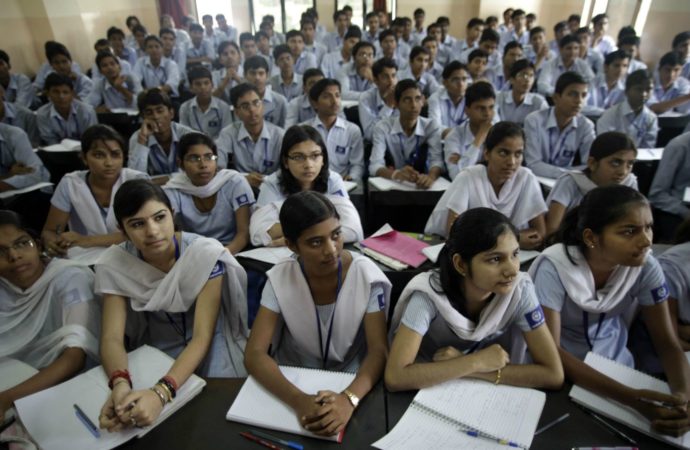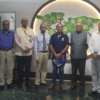– By Madhuri Dhariwal
A famous French philosopher, political activist, and literary critic once had said that ‘We are our choices.’ Speculating on his words, I ponder about the privileges and autonomy that I possess to make choices for myself. I have been able to choose where I wanted to study, and what I wanted to study, all through my life. I was only after the completion of my graduate programme, I realised the significance of this privilege. Once I took up teaching as a profession, I had students in the age range of 5-26 years. None of those students had a choice to opt for either work or study. Preiti at 8 was always hungry, and Vijay at 17 was escaping a drunken father’s beatings while fending for his siblings. We all must have come across children like Preiti and Vijay but very few of us must have heard their extra-ordinary stories. Numerous such students were receiving free of cost quality education guaranteed till 8th grade in my school. This was merely possible due to the RTE Act, 2009.
The Right of Children to Free and Compulsory Education Act, 2009 is the legislation that provides free and compulsory education for children aged between 6 to 14 years in India. A section of this Act, linked to the aspect of choice (school choice) is Section 12(1)(c) that has made it mandatory for all private, unaided, non-minority schools to reserve 25 per cent of the seats in their entry classes. This is only meant for children from a socially or economically disadvantaged background. This gives parents of such students an opportunity to apply in schools which otherwise were inaccessible to them. If we look at implementation of this policy in past few decades, we have seen multiple opportunities and lacunae. The most fundamental of it being the letter of the policy which should be addressed first. Across our densely populated and multivariate country, there should be over 20 lakh seats reserved per year in private schools according to the provision of the Act and there have been just over 41 lakhs admissions made till 2018.
The National Education Policy Draft 2019 presents certain recommendations and challenges with respect to implementation of Section 12(1)(c). These recommendations are mainly devised for uniform technology usage to establish transparency and accountability, receipt of funding on time, and exact estimation of numbers leading to no discrimination in schools and extra support to students lagging behind. The criticism around this policy is linked to multiple factors namely a competition between government and private schools, perceived discriminatory behaviour for underprivileged students in private schools, low self-confidence among children enrolling through RTE due to the vast socio-economic differences, schools wrongfully claiming minority status to avoid 12(1)(c) admissions, and delays in private schools receiving reimbursements along with others.
However, many studies reveal factors such as high self-efficacy in girls (Damera, 2018), and more pro-social, generous, and egalitarian behaviour in rich students with their poorercounterparts (Rao, 2018). These also show how a lack of integrated classrooms will lead to a further segregated society (Kumar, 2019). Hence, a better system of monitoring and regulation of private schools is required as the quality of private schools is now deteriorating. This is linked to parents making less informed choices while selecting schools. The Bright Spots Report 2019 based on its survey findings, cites that the top five factors affecting school choice are proximity of school to home, quality of school, transportation provision, board of education, results of school in an ascending order thereby showing that quality of an institution is an important factor for parents as far as choice of schools is concerned.
Another contentious issue which we recently came across with respect to implementation of 12(1)(c) is the judgement by the Karnataka High Court in May 2019. The judgement accepted the petition to read down the provision, thereby making admissions in private schools conditional upon the non-existence of government or government-aided schools in the neighbourhood (which means that government schools be filled before parents can choose to send their wards to private schools). With over 6.5 lakh children studying under the provision in the state during the year 2018-19 and having received around 88 per cent of its reimbursement for the same year, as claimed from the Centre (PAB minutes 2018), it was a massive setback to the state and thereby for the nation to see a state like Karnataka reduce the number of 12(1)(c) seats from 1.52 lakh to about 17,000 per year.
The judgement was challenged in the Supreme Court, through a Special Leave Petition. The Supreme Court has issued a notice to the government of Karnataka to file a reply in this matter. The verdict is pending, and is much anticipated. With the current version of the National Education Policy 2019 which was released in June 2019, the stance on 12(1)(c) lacks clarity. There are no details provided about the exact nature of this policy during its implementation. We as stakeholders can create an inclusive society in conjunction with the implementation of this policy by understanding the essence of the policy and the challenges associated with it. We can do that by engaging in constructive dialogue about the practical implications of the policy and by giving fact-based rationales about it. It is for us to think about the choices we are making, since it will impact the right to choose an institution for lakhs of underprivileged children in our country.
About the Author: Author is the Operation Head, Indus Action, a social purpose organization working on the effective implementation of the RTE Act.


















Leave a Comment
Your email address will not be published. Required fields are marked with *